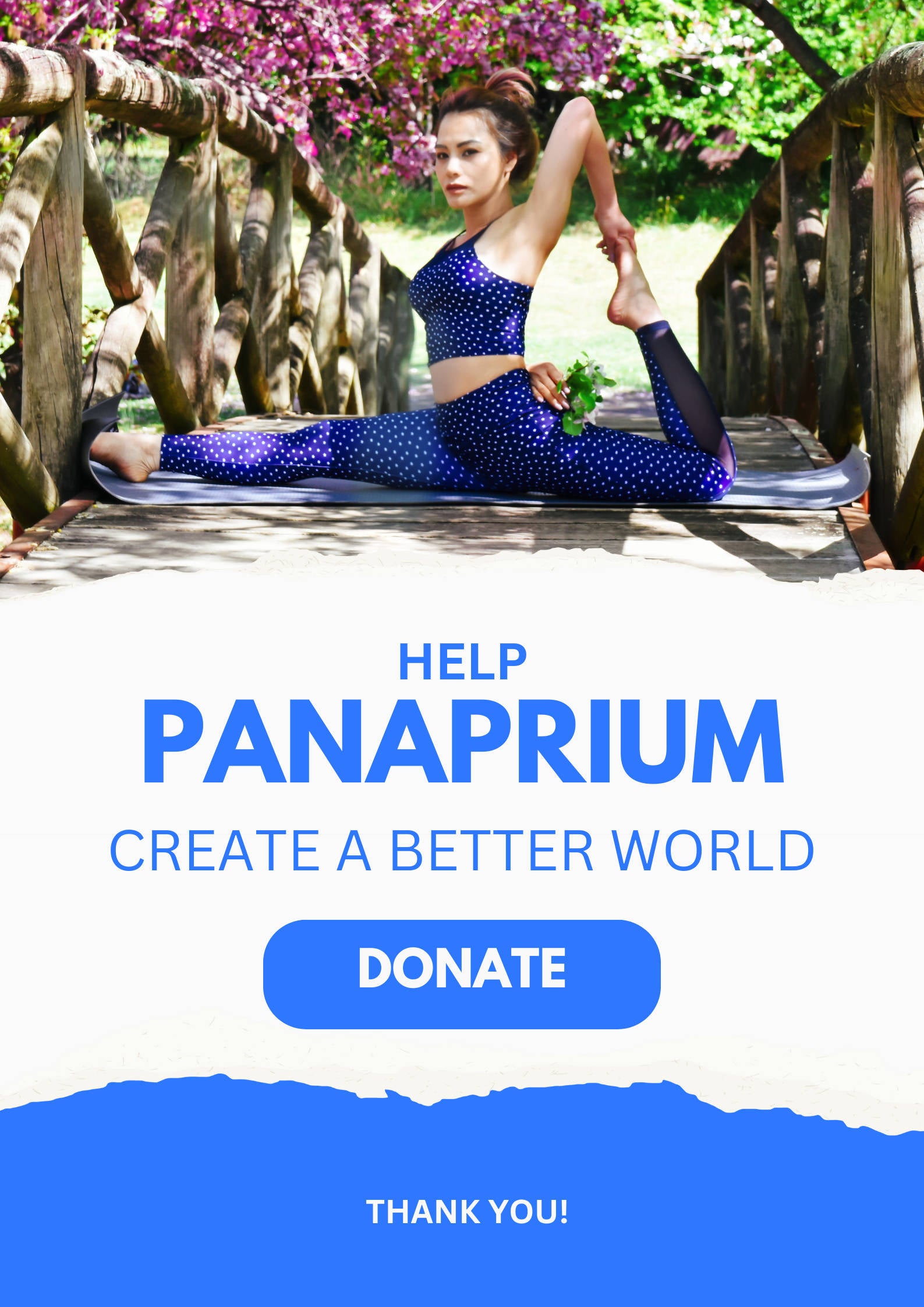
Superdry is a British fashion retailer founded in 2003 in Cheltenham, England. The multinational clothing-retail company creates premium American style apparel for women and men.
Superdry makes Japanese-inspired clothing, accessories, shoes, and swimwear. The brand stands for integrity, confidence, style, and sophistication with a beautiful, minimal, and expressive vision.
Superdry aims to inspire and engage style-obsessed consumers and leave a positive environmental impact. It wants to become the most sustainable public-listed global fashion brand by 2030.
The clothing retailer offers a sustainable collection made from organic or recycled materials. It helps you make better choices by elevating your look with the most-wanted investment pieces for the new season.
Panaprium is independent and reader supported. If you buy something through our link, we may earn a commission. If you can, please support us on a monthly basis. It takes less than a minute to set up, and you will be making a big impact every single month. Thank you!
Sustainability Rating: 6/10
Rating FAQ
Category: Clothing, accessories, shoes, bags
For: Women, men
Type: Basics, denim, knitwear, activewear, underwear, loungewear, swimwear, outerwear, sneakers, sandals
Style: Casual
Quality: Medium
Price: $$
Sizes: 2XS-2XL, 2-16 (US), 4-18 (UK), 34-46 (EU), 4-18 (AU)
Fabrics: Cotton, linen, hemp, ramie, jute, lyocell, modal, viscose, cupro, acetate, polyester, nylon, spandex, polyethylene, polypropylene, acrylic, neoprene, polyurethane, rubber, leather, wool, silk, down
100% Organic: No
100% Vegan: No
Ethical & Fair: Yes
Recycling: Yes
Producing countries: Cambodia, China, India, Sri Lanka, Turkey, Vietnam
Certifications: GOTS, OCS, GRS, RCS, FSC, RDS, SMETA, SEDEX
Sustainability Practices
Superdry takes wide-ranging measures to protect biodiversity, reduce its consumption of water, energy, and other resources, avoid waste, and combat climate change.
It wants to make better choices by looking at every aspect of its value chain to ensure a better future. However, the majority of its business remains detrimental to the environment.
Superdry only uses a small proportion of organic materials such as organic cotton and hemp or recycled materials such as recycled cotton, recycled polyester, and regenerated nylon.
Most of the fabrics it uses are either natural without relevant certifications, such as regular cotton or linen, or synthetic petroleum-based fibers such as polyester, nylon, acrylic, and more.
Superdry also uses a little amount of semi-synthetic fibers or regenerated cellulosic fabrics such as Tencel lyocell, modal, acetate, and viscose.
Tencel is an eco-friendly fiber made with wood pulp from certified sustainable forests. But only a small proportion of the materials used by Superdry are environmentally friendly and sustainable.
Superdry only works with factories that provide fair and safe conditions. It publishes a map of its factories and specialist organizations on its corporate website.
The 2021 Fashion Transparency Index gave Superdry a score of only 32% based on how much the group discloses about its social and environmental policies, practices, and impacts.
Superdry manufactures its clothes in Turkey and many other East Asian countries where human rights and labor law violations still happen every day.
The British clothing retailer shows some labor certification standards that ensure good working conditions, health, safety, and other important rights for workers in its supply chain.
Superdry has a code of conduct that applies to all its suppliers and subcontractors based on the nine core principles of the Ethical Trading Initiatives (ETI) Base Code.
Superdry assesses compliance with its Code of Conduct by informal visits or third-party audits with or without notice. It supports factories for worker engagement and continues to establish sustainable and ethically compliant management systems.
Superdry doesn't use exotic animal skin or fur. But it uses animal hair and angora, leather, wool, silk, and down feathers to manufacture many of its clothing pieces.
These animal-derived materials are cruel and unethical. They also harm the environment by producing greenhouse gases and waste. More sustainable alternatives exist.
Sustainability Goals
Superdry has committed to low-impact or recyclable alternatives by 2025. Its goal is to achieve net zero in its own and third-party logistics operations by 2030 and supply chain by 2040.
It plans to train 20,000 farmers and convert to organic production by 2025. 65% of its cotton and non-cotton garments will be organic by 2025, and 100% of cotton will be organic by 2030.
100% of packaging will be recyclable, reusable, or compostable alternatives by 2025. 100% of its owned stores, offices, and third-party distribution centers will use renewable energy by 2025.
Superdry also aims to reduce the water it uses in manufacturing its garments by 20% by 2025 and 40% by 2030.
Buy Here
Discover Superdry's sustainable collections at Superdry.com.
Reviews And Experiences With Superdry
Have you had (good) experiences with shopping at or the products of Superdry? Then leave us your rating below.
What We're Up Against
Multinational corporations overproducing cheap products in the poorest countries.
Huge factories with sweatshop-like conditions underpaying workers.
Media conglomerates promoting unethical, unsustainable products.
Bad actors encouraging overconsumption through oblivious behavior.
- - - -
Thankfully, we've got our supporters, including you.
Panaprium is funded by readers like you who want to join us in our mission to make the world entirely sustainable.
If you can, please support us on a monthly basis. It takes less than a minute to set up, and you will be making a big impact every single month. Thank you.































0 comments